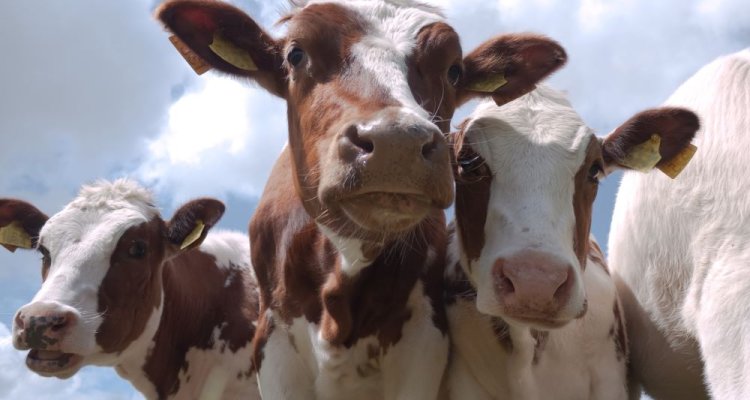
News
European network on Livestock Phenomics (EU-LI-PHE)
As animal breeding relies on the availability of accurate and specific phenotype data to reach its goals, phenotyping is increasingly being recognised as a limiting factor in all applications of livestock genetics and genomics. The COST Action EU-LI-PHE aims to foster the development, integration, organisation and practical implementation of technologies, tools, methods, approaches, models, expertise and resources useful to scan and interpret the animal phenome.
Phenotypes for sustainable animal breeding
Phenomics is emerging as a major new technical discipline in biology. Phenomics is focused on one major aim: to systematically describe the phenome, referred to as the physical and molecular traits of an organism. The acquisition of relevant phenotypes is fundamental for animal breeding. “Phenotyping is important to get accurate trait-specific phenotypes,” says Esther Ellen, senior researcher and deputy head of Animal Breeding and Genomics (ABG) and member of the EU-LI-PHE management committee. “At ABG we focus on using new technologies (for example radio frequency identification, sniffers and organoids) to phenotype traits that are linked to – for example – resilience, emissions, health or efficiency of livestock species.” However, to facilitate long-term improvement and a sustainable landscape for livestock production that can help meet current challenges in line with the United Nations Sustainable Development Goals, further research and scientific collaboration is necessary.
Enhancing international collaboration
The development, integration, organisation and practical implementation of technologies and high-performance tools that can be used to scan the animal phenome, together with the acquisition, interpretation and sharing of the resulting data, are major challenges to improving scientific knowledge of animal biology and livestock production systems. The COST Action EU-LI-PHE will create a Europe-centred multidisciplinary community of experts that will enhance scientific collaboration, catalyse developments, and transfer livestock phenomics concepts and applications to improve the sustainability and competitiveness of the European livestock production sector.
“I hope that the result of this COST Action will result in a better overview of phenotyping technologies that can be used to accurately measure traits related to sustainability,” says Esther. “In addition, I hope that we can learn from technologies used in other livestock species and that we can find technologies that can be used to phenotype insects.”
What are COST Actions?
COST Actions are interdisciplinary research networks that bring together researchers and innovators to investigate a topic of their choice for four years. COST Actions are typically made up of researchers from academia, SMEs, public institutions and other relevant organizations or interested parties. They offer an inclusive, pan-European environment for individuals of all levels of seniority to grow their professional network and boost their careers.
More information about the COST Actions can be found on the COST-website and in the Memorandum of Understanding (MoU).